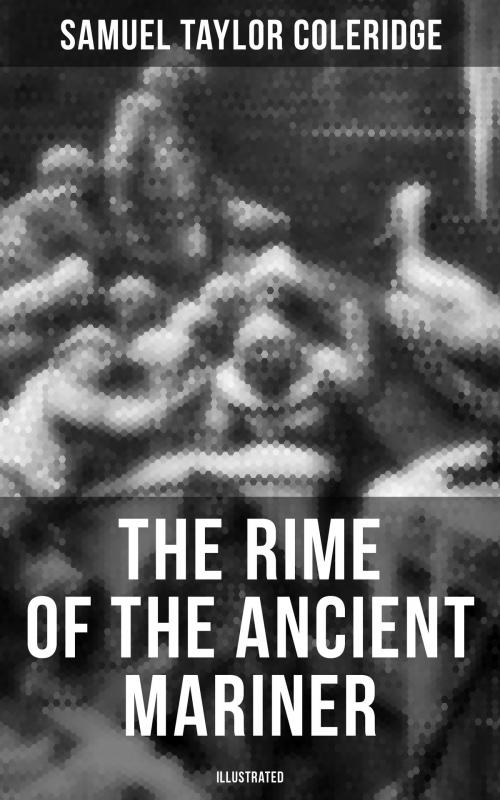The Rime of the Ancient Mariner (Illustrated)
The Most Famous Poem of the English literary critic, poet and philosopher, author of Kubla Khan, Christabel, Lyrical Ballads, Conversation Poems, Biographia Literaria, Anima Poetae...
Fiction & Literature, Poetry, Inspirational & Religious, British & Irish| Author: | Samuel Taylor Coleridge | ISBN: | 9788027232826 |
| Publisher: | Musaicum Books | Publication: | December 6, 2017 |
| Imprint: | Language: | English |
| Author: | Samuel Taylor Coleridge |
| ISBN: | 9788027232826 |
| Publisher: | Musaicum Books |
| Publication: | December 6, 2017 |
| Imprint: | |
| Language: | English |
The Rime of the Ancient Mariner is the longest major poem by the English poet Samuel Taylor Coleridge. The Poem relates the experiences of a sailor who has returned from a long sea voyage. The mariner stops a man who is on the way to a wedding ceremony and begins to narrate a story. The wedding-guest's reaction turns from bemusement to impatience to fear to fascination as the mariner's story progresses, as can be seen in the language style: Coleridge uses narrative techniques such as personification and repetition to create a sense of danger, the supernatural, or serenity, depending on the mood in different parts of the poem. Along with other poems in Lyrical Ballads, it was a signal shift to modern poetry and the beginning of British Romantic literature. Samuel Taylor Coleridge (1772 - 1834) was an English poet, literary critic and philosopher who, with his friend William Wordsworth, was a founder of the Romantic Movement in England and a member of the Lake Poets.
The Rime of the Ancient Mariner is the longest major poem by the English poet Samuel Taylor Coleridge. The Poem relates the experiences of a sailor who has returned from a long sea voyage. The mariner stops a man who is on the way to a wedding ceremony and begins to narrate a story. The wedding-guest's reaction turns from bemusement to impatience to fear to fascination as the mariner's story progresses, as can be seen in the language style: Coleridge uses narrative techniques such as personification and repetition to create a sense of danger, the supernatural, or serenity, depending on the mood in different parts of the poem. Along with other poems in Lyrical Ballads, it was a signal shift to modern poetry and the beginning of British Romantic literature. Samuel Taylor Coleridge (1772 - 1834) was an English poet, literary critic and philosopher who, with his friend William Wordsworth, was a founder of the Romantic Movement in England and a member of the Lake Poets.















